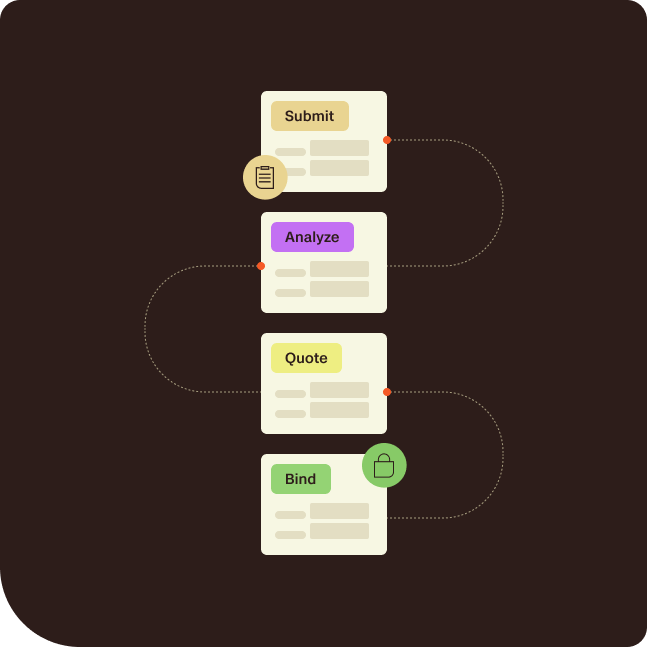AI-Native Underwriting Platform
Never drift off strategy in execution. Federato brings real-time portfolio visibility into every risk decision, so you always stay on-strategy.

Never drift off strategy in execution. Federato brings real-time portfolio visibility into every risk decision, so you always stay on-strategy.

Track and balance your book of business in real time. Upload existing guidance documentation to create objectives and controls that guide underwriting activity and provide visibility into your portfolio.


%202.webp)

With Federato, everything needed to evaluate a risk is available within a single window. AI agents pull submission details from emails automatically, referrals are flagged for review, third-party data is piped in via API, and appetite fit is scored in real time based on accurate portfolio state. We make it easy to quote the best business available, faster and more competitively, with less risk of mistakes.


%201.avif)

Orchestrate the full range of policy lifecycle transactions directly within Federato's platform, including midterm endorsements, renewals, policy extensions, and premium audits. All relevant documents are attached to policy at the appropriate stage of the process, and the entire lifecycle is tracked for compliance.

